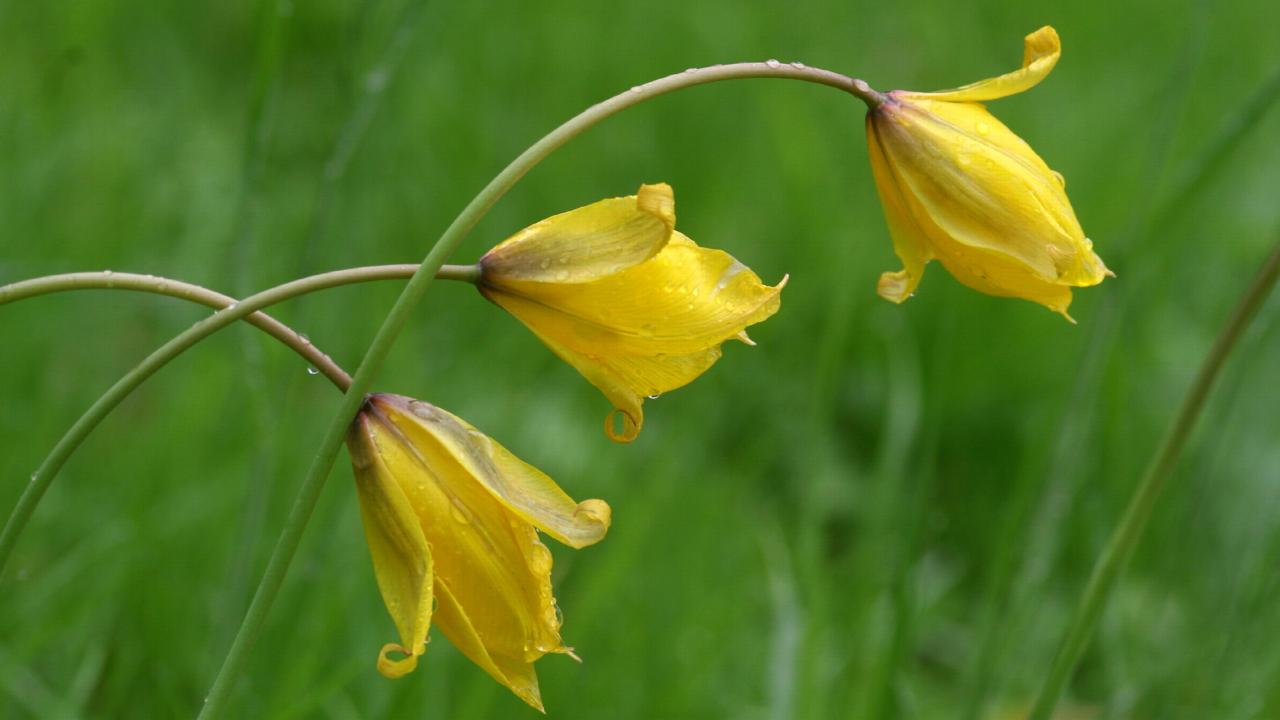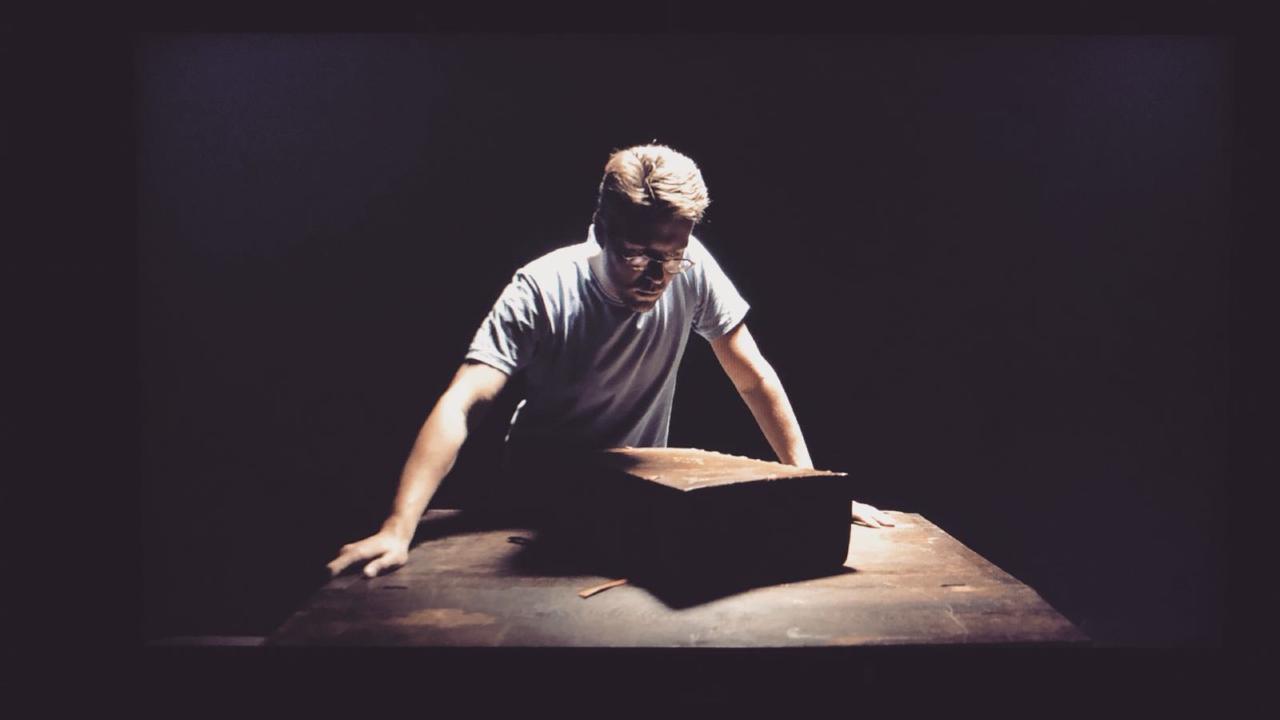I am a botanist working on the history of botany and historic plant collections. My research is taxonomy-based, collection-driven and tells stories. About the Renaissance journey of introduction of the wild tulip from the Mediterranean to Northern European gardens. About the mysterious origin of the oldest plant collection in the Netherlands, the En Tibi herbarium. About the famous botanists who have contributed in the making of another iconic plant collection of Naturalis, the Rauwolf herbarium. Or about the earliest examples of New World crops that reached Europe in the 16th century. In this quest to bring to light unexplored parts of our botanical heritage, I am accompanied by an international network of researchers from various disciplines: historians, paper specialists, genomicists etc; together we introduce multidisciplinary approaches in the study of botanical history and historic plant collections.
Keywords
history of botany, ancient herbaria, historical collections, Mediterranean flora
Researchinterest
I currently work on the European history of introduction and the taxonomy of the wild tulip, Tulipa sylvestris.
With a combination of botanical history and genomics, I am trying to reconstruct the European history of introduction of Tulipa sylvestris. I am also exploring the complex taxonomy of this early garden tulip using genomics, morphometry and ploidy.
I am also working on the early book herbaria of Leonhard Rauwolf, a collection of c. 900 dried plants compiled in N. Italy and S. France in 1560-1563.

Currenttopics
- Tulipa sylvestris project
- Rauwolf herbarium
Keypublications
- Stefanaki A, Walter T, van Andel T. 2021. The story of the tulip that went wild: Tracing the history of introduction of Tulipa sylvestris in sixteenth-century Europe. Preprint, https://www.researchsquare.com/article/rs-1124163/v1
- Van Andel T, Vos R, Michels E, Stefanaki A. 2021. Sixteenth-century tomatoes in Europe: who saw them, how did they look like and where did they come from. Preprint, https://www.researchsquare.com/article/rs-715398/v1
- Stefanaki A, Walter T, Porck H, Bertin A, van Andel T. 2021. The early book herbaria of Leonhard Rauwolf (S. France and N. Italy, 1560–1563): new light on a plant collection from the ‘golden age of botany’. Rendiconti Lincei. Scienze Fisiche e Naturali 32: 449–461, https://link.springer.com/article/10.1007/s12210-021-01012-1
- Stefanaki A, Porck H, Grimaldi IM, Thurn N, Pugliano V, Kardinaal A, Salemink J, Thijsse G, Chavannes-Mazel C, Kwakkel E, van Andel T. 2019. Breaking the silence of the 500-year-old smiling garden of everlasting flowers, The En Tibi book herbarium. PLOS ONE 14: e0217779. https://journals.plos.org/plosone/article?id=10.1371/journal.pone.0217779
- Stefanaki A., Thijsse, G., van Uffelen G., Eurlings M., van Andel T. 2018. The En Tibi herbarium, a 16th century Italian treasure. Botanical Journal of the Linnean Society 187: 397-427. https://academic.oup.com/botlinnean/article/187/3/397/5037833?login=true
- Stech M., van Andel T., Aptroot A., Bertin A., Stefanaki, A. 2018. Bryophytes and lichens in 16th century herbaria. Journal of Bryology 40: 99-106. https://www.tandfonline.com/doi/full/10.1080/03736687.2018.1447304
Teachingactivities
In themedia
One of the oldest specimens of tomato, named as poma amoris, “love apple”, is included in the En Tibi herbarium. Originating from the recently discovered Americas, this exotic curiosity was cultivated in noblemen’s private gardens in Renaissance Italy. See more at Het Klokhuis "De oudste tomaat", "Het Herbarium - De Toren"
Who made the En Tibi herbarium and for whom? When and where was this precious collection compiled? Follow our quest to trace the origin of the En Tibi in the documentary De Toren.
